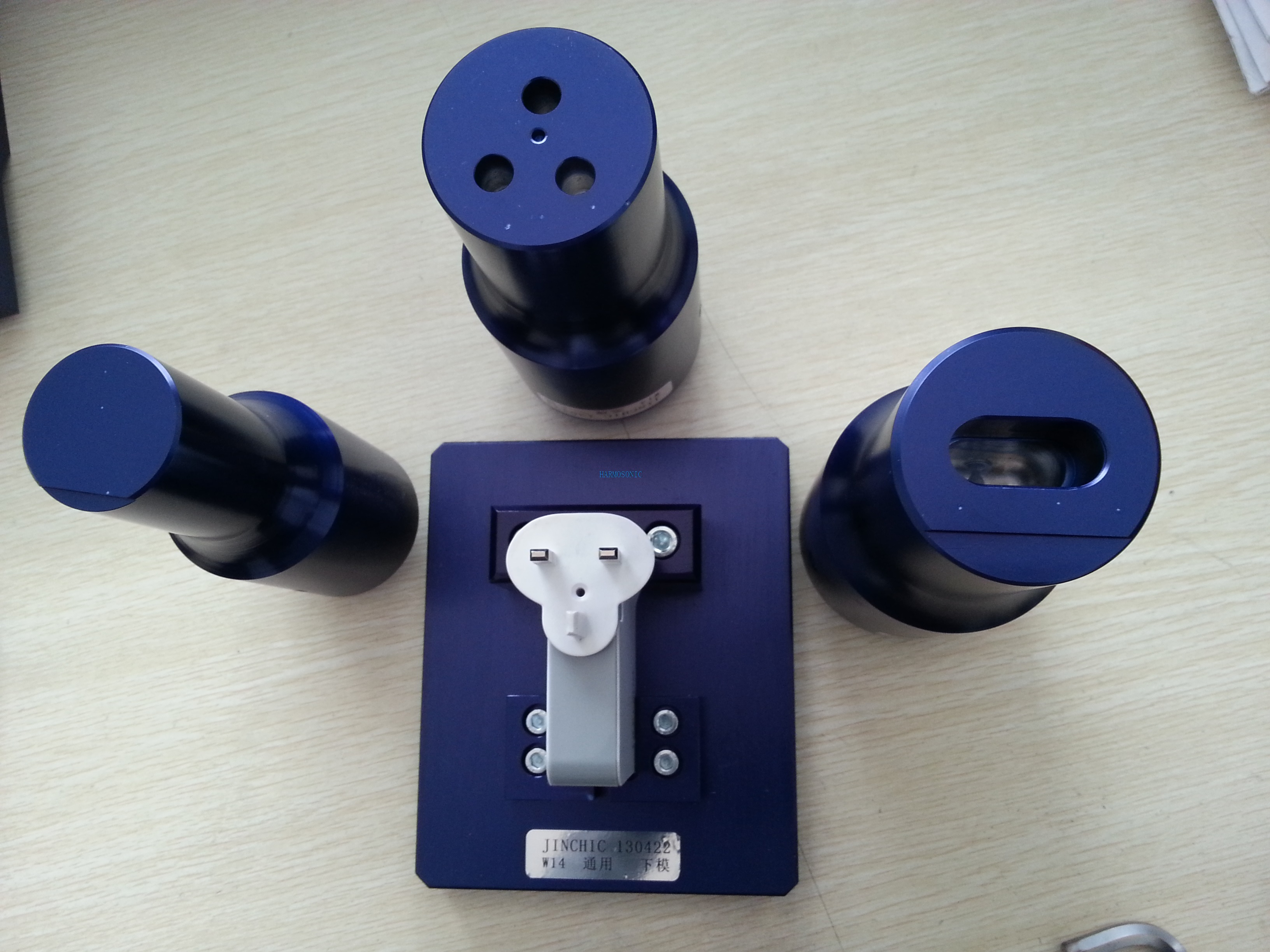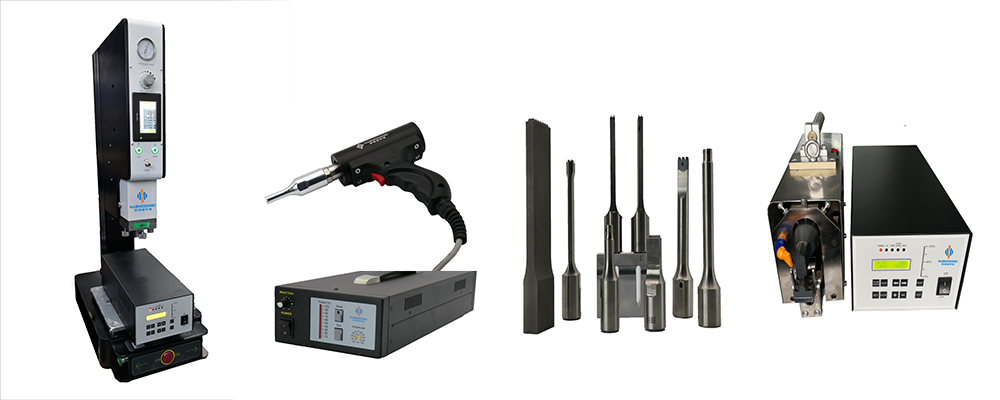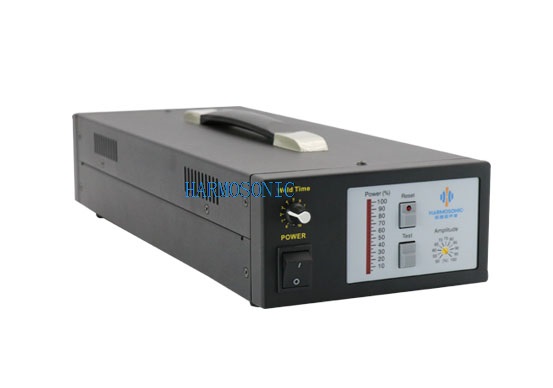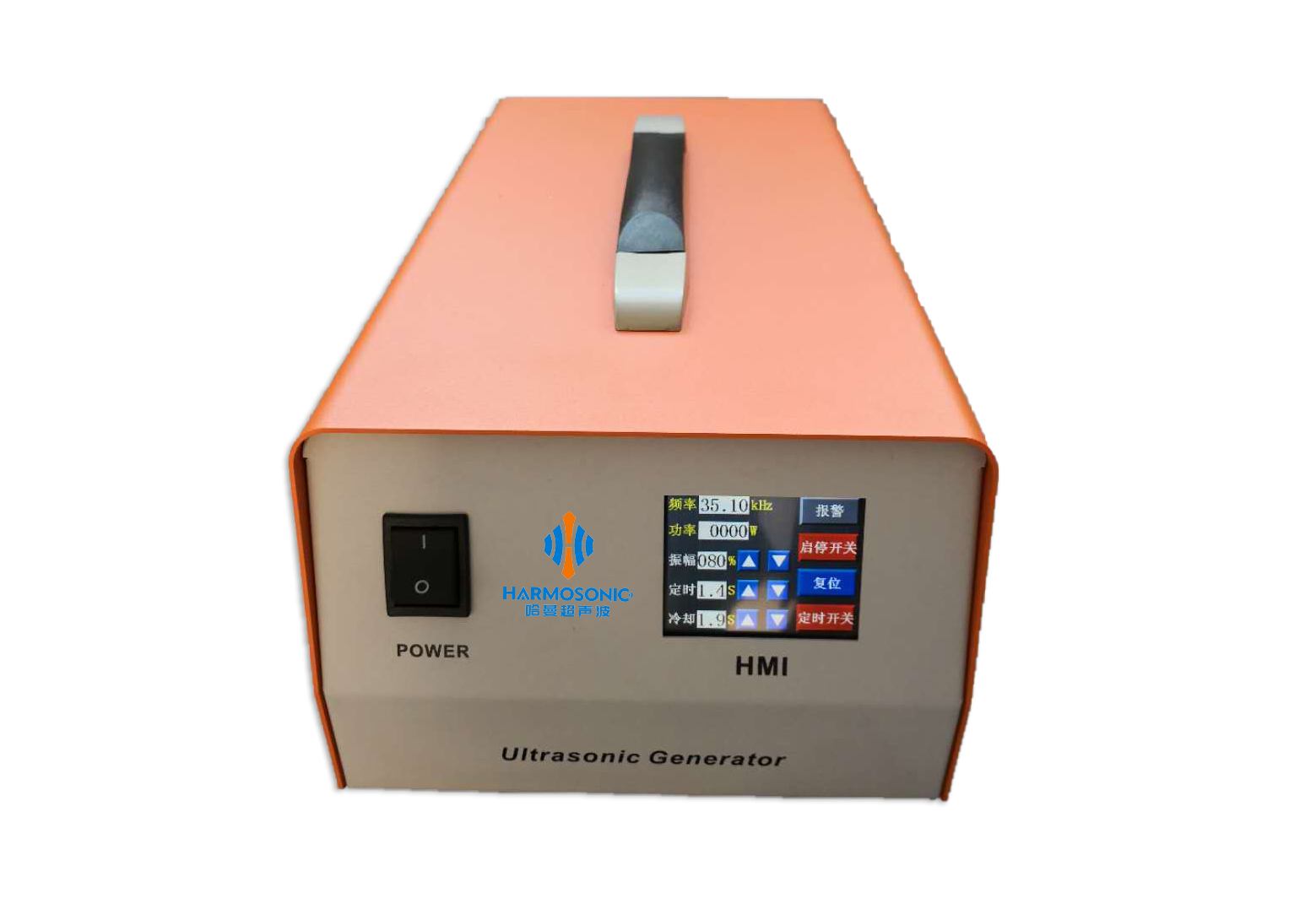

20K ultrasonic welding mold
20K ultrasonic welding head
-Ultrasonic mold is one of the most profound aspects of ultrasonic technology
-Even though we have several years of design and development experience, we still believe that only through strict testing and quality control can we produce the best welding head
-Our engineers perfectly combine the acoustic and mechanical characteristics of the welding head to design the products that best meet the needs of customers. Every set of welders and moulds we produce, whether standard or customized, are made of the best materials and tested repeatedly
-The shape, strength, audio frequency and other parameters of the welding head have been tested for many times, which can meet the most strict standards, and the welding head and mold can reach the most perfect match
- Details
- Parameter
1、The amplitude parameter of the die
Amplitude is a key parameter for materials that need to be welded, which is equivalent to the temperature of ferrochrome. If the temperature is not reached, the welding will not be able to be connected. If the temperature is too high, the raw materials will be burnt or the structure will be damaged and the strength will be poor. Transducer is different, because every company choose transducer output amplitude is different, after fit different variable ratio of the amplitude and the welding head, able to work correction of welding head amplitude to conform to the requirements, often the transducer output amplitude is 10-20 microns, and the working amplitude, generally about 30 microns, and the amplitude change of welding head than with the amplitude and the shape of a welding head, front and rear area ratio factors, such as shape, such as transformer, functions, exponential type transformer, such as amplitude, ladder type had a great influence on strain ratio, area ratio is proportional to the total strain ratio before and after
2、Die frequency parameter
Any company has a center frequency ultrasonic welding machine, such as 20 KHz, 40 KHz, the work frequency of the welding machine is mainly composed of Transducer (Transducer), amplitude (Booster), and the welding head (Horn) of mechanical resonance frequency, the frequency of the generator according to the mechanical resonance frequency adjustment, in order to achieve consistent, make the welding head work in resonant state, every part of the design into one and a half wavelength resonance body
3、Machining accuracy of ultrasonic welding head
Because of work in the high frequency vibration situation, should try to keep a symmetrical design, in order to avoid acoustic transfer caused by the asymmetry of unbalanced stress and transverse vibration (what we used for welding welding head using the ultrasonic vibration of vertical transmission, for the resonant system), the unbalanced vibration can cause welding hot hair and fracture. Ultrasonic welding is applied in different industries is different to machining precision requirement, for special thin artifacts such as lithium ion battery pole piece and an ear of welding, such as the gold foil covering the requirement of machining accuracy is very high, we adopt numerical control equipment in all types of processing equipment, such as processing center, etc.), so as to guarantee the machining precision meets the requirements
The characteristics of various materials of ultrasonic mold are as follows
1、Aluminum magnesium alloy (7075-t651, 2024-t651, 6061-t651)
(1)2024T651: general use and HORN manufacturing, bremsstrahlung good, heat conductivity, hardness moderate, for general plastic products
(2)6061T651: used in low output HORN manufacturing, bremsstrahlung good, soft quality
2、Titanium alloy: used for continuous vibration machine, bremsstrahlung high, good heat conduction, high hardness, and high cost
3、Domestic hard aluminum alloy: domestic material, used for ordinary aluminum processing, low heat conduction, high ultrasonic mechanical loss, low cost







